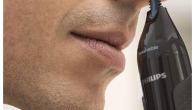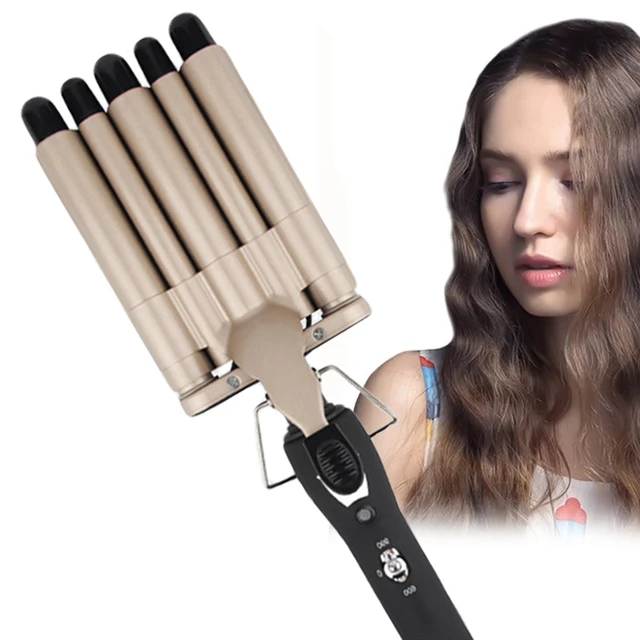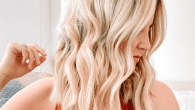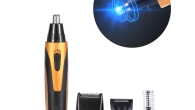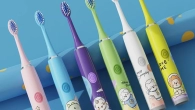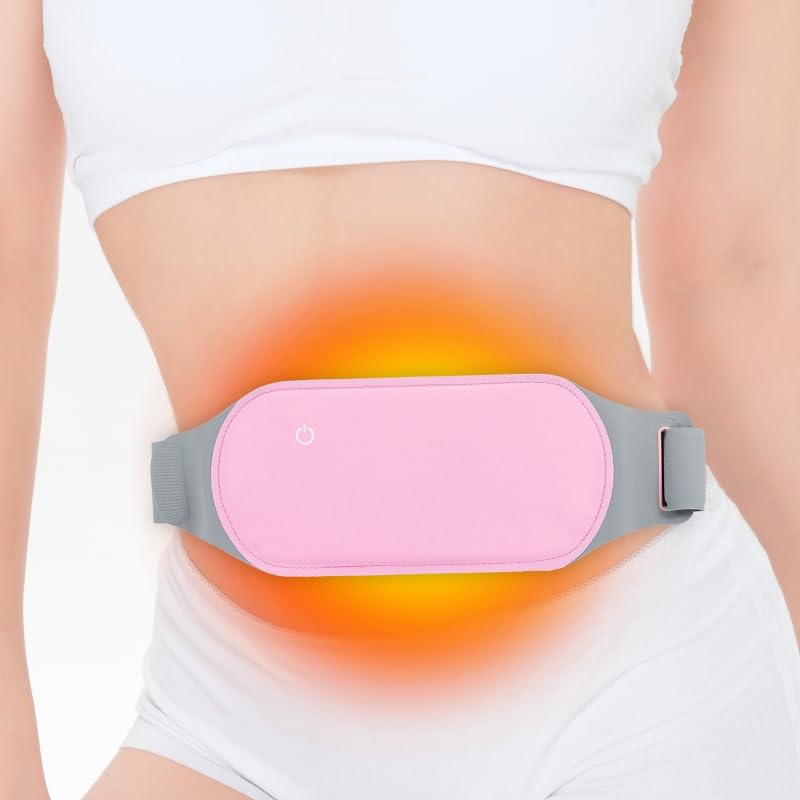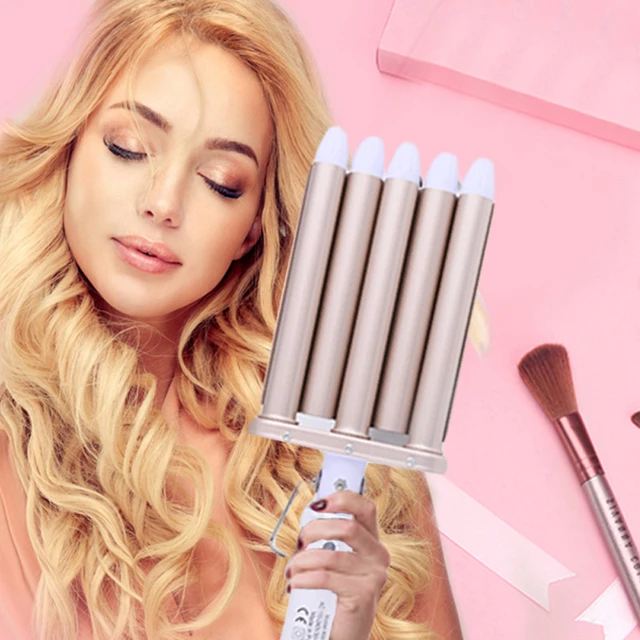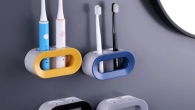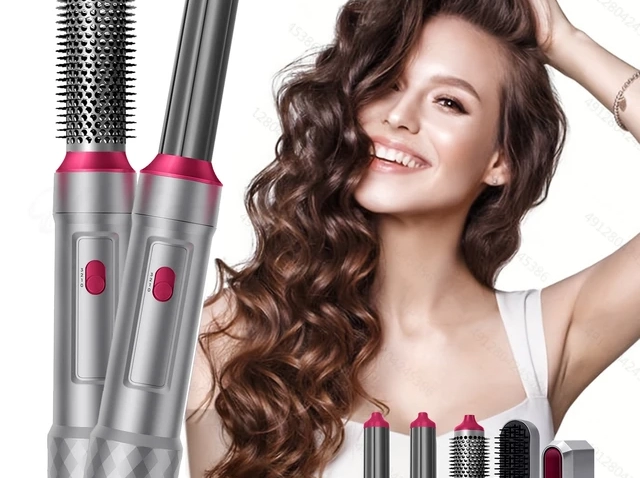
Can you use rubbing alcohol to clean a curling iron?
Introduction
Keeping your curling iron clean is essential for maintaining its performance, extending its lifespan, and ensuring consistent styling results. When it comes to cleaning your curling iron, there are various methods and products available. One potential option is using rubbing alcohol, known for its effective cleaning properties. In this comprehensive guide, we will delve into the use of rubbing alcohol as a cleaning agent for curling irons. We will explore the benefits, precautions, step-by-step process, and alternative options to help you effectively clean your curling iron and keep it in top condition.
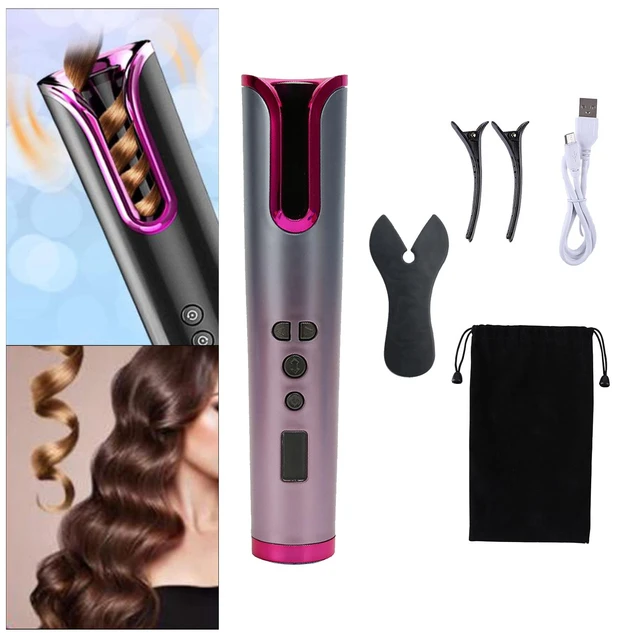
Can you use rubbing alcohol to clean a curling iron?
I. Understanding the Benefits of Rubbing Alcohol for Cleaning
-
Effective Dissolving Properties:
- Rubbing alcohol, also known as isopropyl alcohol, is a versatile cleaning agent known for its ability to dissolve various substances, including styling product buildup, residue, and other impurities that may accumulate on a curling iron’s surface.
-
Disinfectant Properties:
- Rubbing alcohol has disinfectant properties, making it effective in killing bacteria and germs that may be present on the surface of the curling iron. This is particularly beneficial for maintaining hygiene and preventing the transfer of bacteria to your hair.
II. Precautions and Safety Measures
-
Unplug the Curling Iron:
- Before cleaning the curling iron with rubbing alcohol, ensure it is completely unplugged and has had sufficient time to cool down. Handling a hot curling iron can lead to burns or accidents.
-
Ventilation:
- When working with rubbing alcohol, ensure you are in a well-ventilated area. The fumes can be strong, and adequate ventilation will help prevent any respiratory discomfort.
-
Patch Test:
- Since curling irons can be made of different materials, it is advisable to conduct a patch test on a small inconspicuous area of the curling iron before proceeding with cleaning. This helps ensure that the rubbing alcohol will not cause any adverse effects, such as discoloration or damage to the surface.
-
Avoid Contact with Electrical Components:
- When cleaning your curling iron, take precautions to avoid any contact between rubbing alcohol and the electrical components or cord. This minimizes the risk of damage to the curling iron and reduces the potential for electrical hazards.
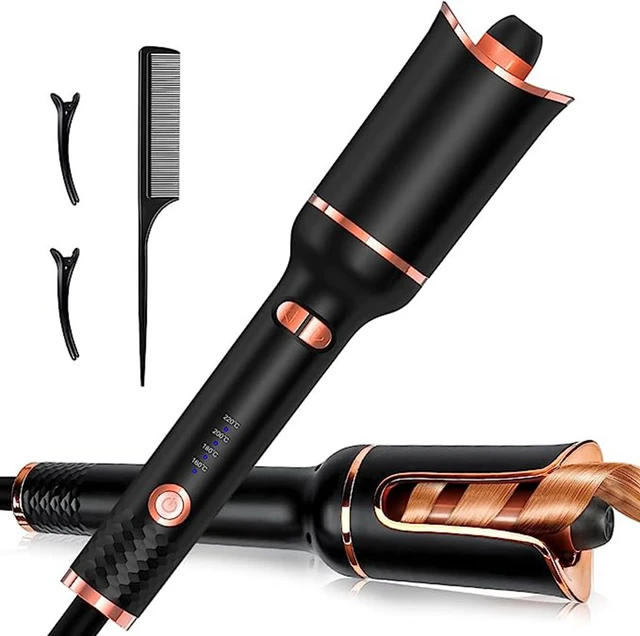
III. Step-by-Step Process for Cleaning with Rubbing Alcohol
-
Gather Your Supplies:
- Before beginning the cleaning process, gather the necessary supplies, including rubbing alcohol (isopropyl alcohol), cotton balls or pads, a soft cloth or towel, and a small bowl or container.
-
Prepare the Cleaning Solution:
- In the small bowl or container, pour a small amount of rubbing alcohol. It is generally recommended to dilute the rubbing alcohol with water, using a ratio of approximately 1 part water to 1 part rubbing alcohol. This helps decrease the concentration and potential for excessive drying on the curling iron’s surface.
-
Dampen the Cloth or Cotton Ball:
- Dampen the soft cloth or cotton ball with the prepared cleaning solution. It should be damp but not dripping wet. You want to avoid excess moisture contacting any electrical components of the curling iron.
-
Clean the Curling Iron Barrel:
- Gently wipe the barrel of the curling iron with the dampened cloth or cotton ball. Focus on areas with product buildup, residue, or visible stains. Apply light pressure and make sure to cover the entire surface area of the barrel. Use circular motions or gentle strokes to facilitate the removal of impurities.
-
Focus on the Cool Tip and Clamp:
- Pay attention to the cool tip and clamp areas of the curling iron, as these sections may accumulate residue or debris. Clean them thoroughly using the same dampened cloth or cotton ball.
-
Examine the Cord and Handle:
- If the cord or handle of your curling iron requires cleaning, exercise caution. Dampen a cotton ball or cloth with the cleaning solution and gently wipe down these areas. Be careful to avoid any excessive moisture that could penetrate the electrical components.
-
Dry and Polish:
- After cleaning, use a dry, soft cloth or towel to gently buff and dry the curling iron’s surface. This helps remove any remaining residue and leaves the curling iron with a polished finish.
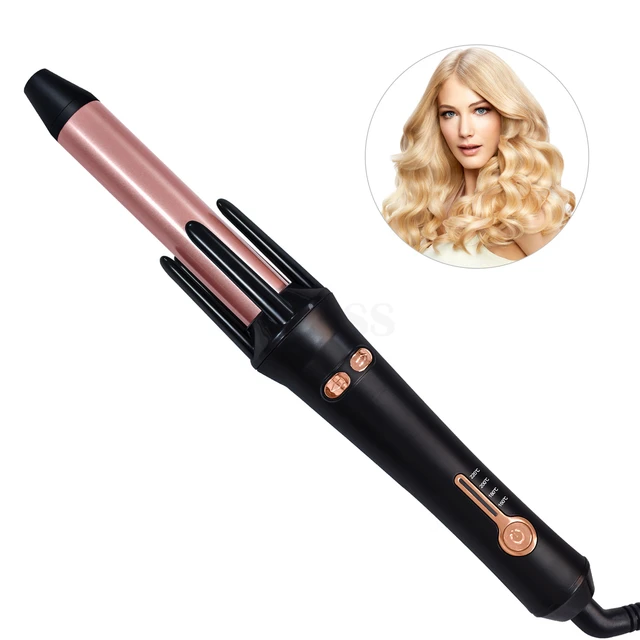
IV. Alternative Cleaning Methods
-
Baking Soda Paste:
- Baking soda mixed with water can form a paste that effectively removes stubborn residues on the curling iron. Apply the paste to the barrel, allow it to sit for a few minutes, then gently scrub and rinse.
-
Vinegar Solution:
- A mixture of equal parts vinegar and water can also be used to clean a curling iron. Apply the solution to the curling iron, wipe with a cloth, and rinse with water.
-
Commercial Cleaning Products:
- There are commercially available cleaning products specifically formulated for curling irons. Follow the manufacturer’s instructions for these products and ensure they are compatible with your curling iron’s materials.
V. Additional Tips for Maintaining a Clean Curling Iron
-
Regular Cleaning Routine:
- Incorporate regular cleaning of your curling iron into your haircare routine to prevent product buildup and maintain optimal performance.
-
Cool Before Storage:
- Allow your curling iron to cool completely before storing it. Packing away a hot curling iron could cause damage and potentially pose a safety risk.
-
Store Safely:
- Store your curling iron in a dedicated space, ensuring it is protected from any potential damage or contact with other objects that could cause scratching or bending.
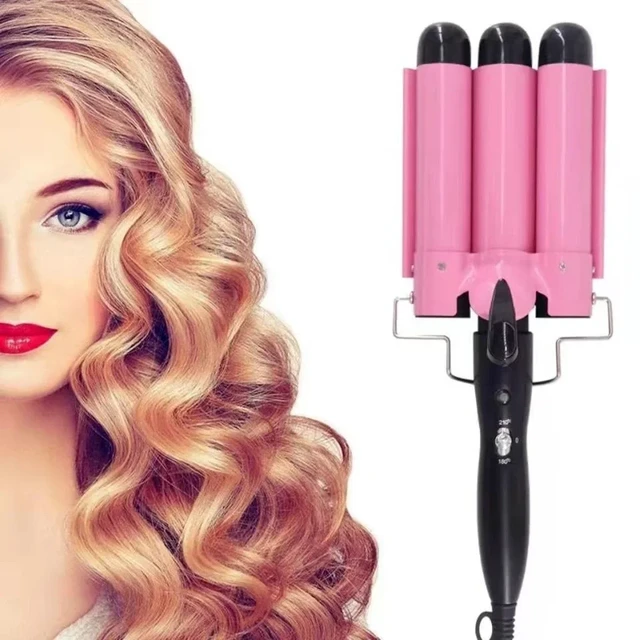
VII. Frequently Asked Questions
-
Can rubbing alcohol damage my curling iron?
- When used properly, rubbing alcohol should not damage your curling iron. However, it is essential to conduct a patch test on a small, inconspicuous area before cleaning the entire surface of the curling iron. This helps ensure that the rubbing alcohol does not cause any adverse effects or damage the materials of the curling iron.
-
How often should I clean my curling iron?
- The frequency of cleaning your curling iron depends on how often you use it and the amount of product buildup you experience. As a general guideline, it is advisable to clean your curling iron every few weeks or when you notice a significant buildup of styling products or residue on the surface.
-
Can I use rubbing alcohol to clean other parts of my curling iron, such as the handle or cord?
- Rubbing alcohol can be used to clean the handle and cord of your curling iron. Dampen a cotton ball or cloth with the cleaning solution and gently wipe down these areas. However, exercise caution to avoid excessive moisture that could penetrate the electrical components of the curling iron.
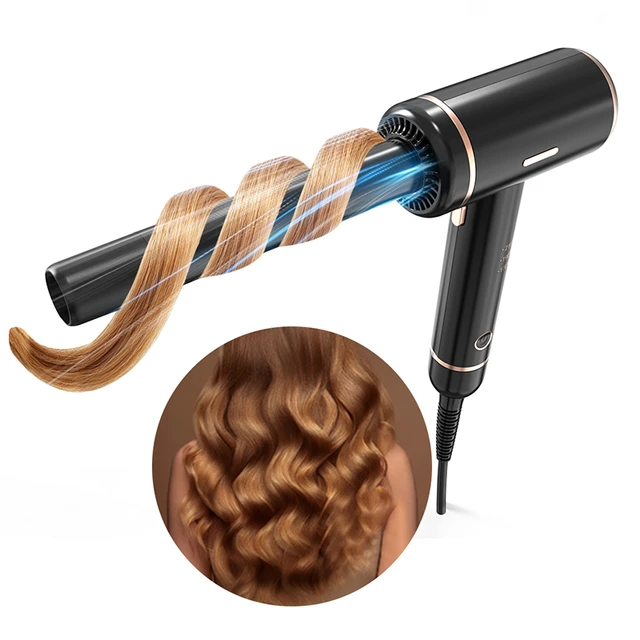
VI. Conclusion: A Clean Curling Iron for Flawless Styling
Cleaning a curling iron with rubbing alcohol can be an effective method for removing product buildup and maintaining hygiene. Remember to exercise proper precautions, conduct a patch test, and ensure adequate ventilation. Follow the step-by-step process, involving preparing the cleaning solution, wiping the barrel, tip, and clamp, and drying and polishing the curling iron. Alternatively, consider using baking soda paste, vinegar solutions, or commercially available cleaning products as alternatives.
By incorporating regular cleaning and maintenance into your curling iron care routine, you can ensure flawless styling results while prolonging the lifespan of your curling iron. Remember, a clean curling iron is not only essential for optimal performance but also for the overall health and appearance of your hair.




